Spray Foam Insulation Costs: Budgeting for Efficiency and Comfort
Are you wondering how much it will cost to insulate your home? Due to its high efficiency, spray foam insulation is a popular choice among homeowners. Unlike other traditional insulation materials, spray foam can seal every nook and cranny, keeping you comfortable and improving indoor air quality while saving money on monthly utility bills. In this post, we're going to look at several factors that can contribute to the overall cost of spray home insulation, so you can budget for both efficiency and comfort.
What is Spray Foam Insulation?
Spray foam insulation is a type of insulation that is sprayed onto the desired surface while in liquid form. Once it's applied, the foam expands and hardens, sealing all gaps and cracks to form an airtight insulating barrier. Spray foam, or spray polyurethane foam, is known for its high thermal insulating value (R-value) with virtually no air infiltration.
How much does Spray Foam Insulation Cost?
If you're looking into the cost of spray foam insulation per square foot, you might find the answer is not as clear-cut as you're hoping for. Let's look at a few of the factors that can affect the overall cost of your insulation project:
Type of Spray Foam Insulation
Spray foam insulation comes in two main types:
Open-cell - Open-cell spray foam insulation is less dense and softer in texture. It is more affordable, with an R-value (resistance to heat flow) of around 3.5 per square inch. Open-cell spray foam is typically used for interior applications and may cost roughly $0.44 to $0.65 per board foot (1 board foot = 1 square foot with 1-inch thickness)
Closed-cell - Closed-cell spray foam insulation is denser, harder, and offers better moisture resistance than open-cell spray insulation. With an R-value of 6.5 or greater per square inch, closed-cell spray foam insulation is highly efficient and is suitable for both interior and exterior applications. Closed-cell spray foam insulation is more expensive, costing around $1.00 to $1.50 per board foot.
The choice between these two types will significantly impact your project's overall cost.
Thickness
The thickness of your insulation is a crucial factor when budgeting for your project. The thicker the spray foam, the higher the R-value, and the better the overall efficiency of your insulation. However, thicker applications of insulation, especially in areas like attic insulation, mean more material and labor, resulting in a higher initial investment. Ensuring the right thickness for your attic insulation can significantly enhance your home's energy efficiency and long-term savings.
Location in Your Home
The location of the insulation in your home can affect the cost of your project since different areas require different types and thicknesses of spray home insulation. Here are a few examples:
Attic - Insulating the attic is often one of the most costly areas in the home to insulate. Attics may be difficult to reach and require thicker insulation to adequately prevent heat loss.
Garage - The cost of insulating your garage can vary widely depending on your needs. For basic insulation to protect your vehicles and equipment from extreme temperatures, your project may be relatively inexpensive. Creating a livable, comfortable space in your garage that you can use all year round will add to your costs.
Basement or Crawl Space -Your basement or crawl space is often the coldest, most humid area in your home, which means the insulation you use will require extra moisture resistance, sometimes necessitating closed-cell spray foam, which is more expensive. The cost of your project will vary depending on the size and accessibility of your space.
Labor Costs
Most homeowners hire a professional contractor to apply spray foam insulation. The cost of labor may vary depending on the company you choose and the size and complexity of your project. It is possible to DIY spray foam insulation, but applying spray foam yourself poses considerable risks, including fire hazards and health issues. Unless you have the correct knowledge, skills, and protective equipment, this is a job that's best left to the pros, especially if you're considering integrating it with flat roofing systems. Proper installation is crucial to ensuring both insulation effectiveness and roofing integrity, making professional expertise essential.
Geographical Location
Prices may vary depending on your location due to varying labor costs and material availability. Homes in climates with extreme temperatures may require thicker insulation, adding to the cost of your project.
New Construction vs. Existing Home
It's usually easier and, therefore, more affordable to insulate a new construction as opposed to reinsulating an existing home. Existing structures and insulation add to the planning process and labor costs for your project.
Most homeowners want a straightforward price when budgeting for their insulation project. As we've learned, several factors will affect the overall cost. Spray foam is generally more expensive to initially install than some other traditional insulation materials, such as fibreglass. However, spray foam insulation's ability to improve your home’s energy efficiency can lead to long-term savings on your monthly utility bills, making it a worthwhile investment.
At Great Canadian Insulation, we offer high-quality insulation services at affordable prices, serving Winnipeg and surrounding areas for over 40 years. Contact us today for a free quote.



